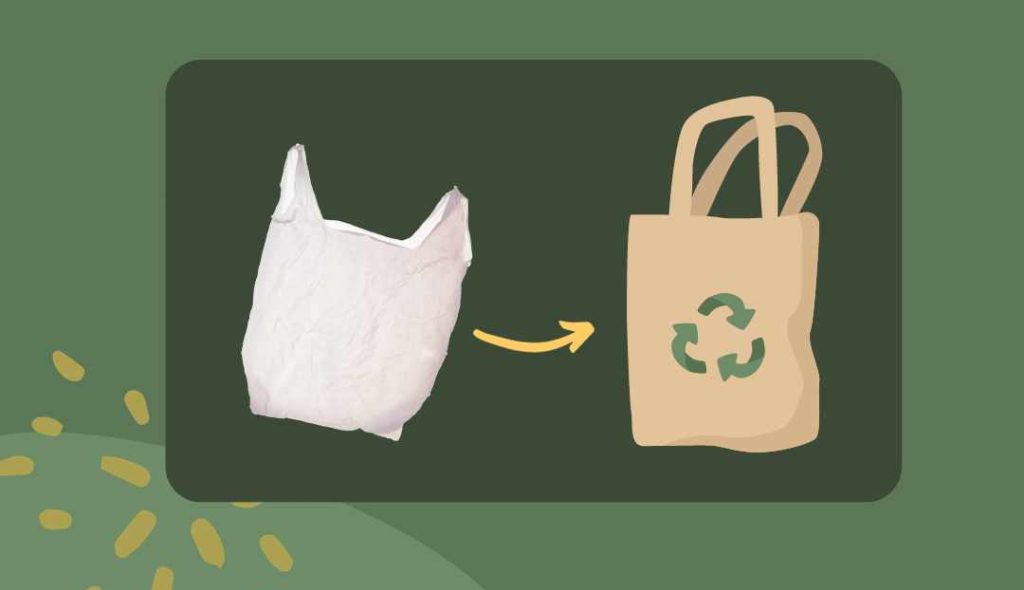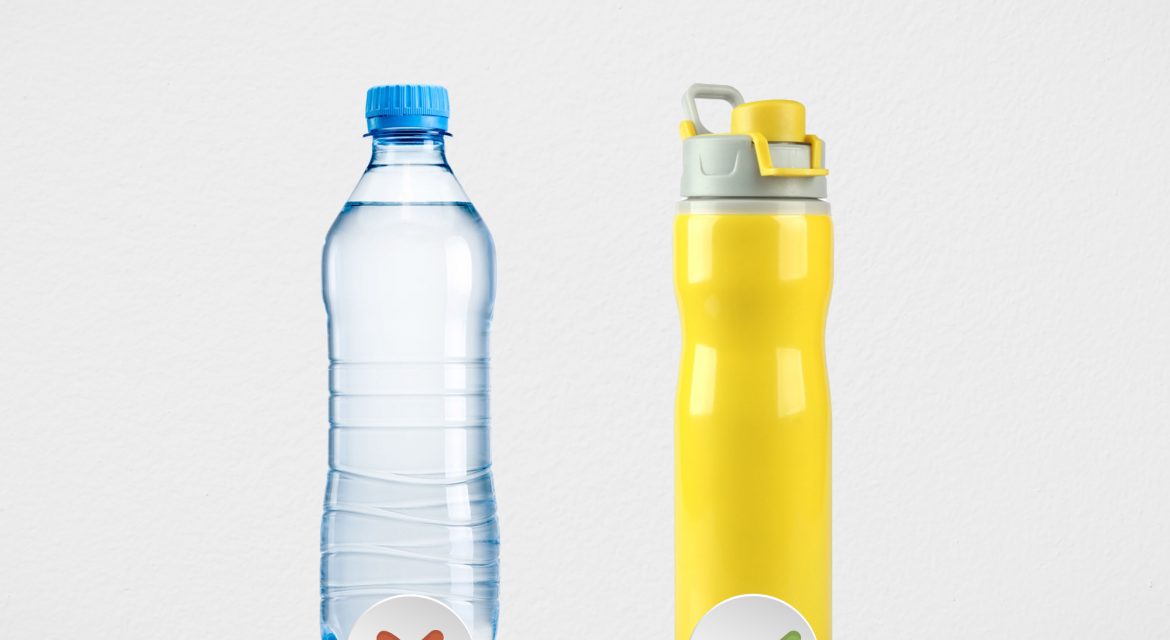
Introduction:
In an era dominated by convenience and rapid consumption, our planet bears the brunt of our throwaway culture. From single-use plastics to excessive packaging, the environmental toll is undeniable. As conscientious citizens of Earth, it is our responsibility to seek sustainable alternatives and make choices that contribute to the restoration of our planet’s cleanliness. One impactful solution lies in the adoption of reusable packing materials.
The Impact of Single-Use Packing Materials:
- Plastic Pollution Crisis: The pervasive use of single-use plastics has led to a global plastic pollution crisis. Oceans, landfills, and even remote areas are now marred by the presence of plastic waste, posing severe threats to marine life and ecosystems.
- Carbon Footprint of Packaging: The production and disposal of conventional packing materials contribute significantly to greenhouse gas emissions. The extraction of raw materials, manufacturing processes, and transportation all contribute to the carbon footprint associated with packaging.
- Depletion of Natural Resources: Traditional packing materials often rely on the extraction of non-renewable resources, depleting our planet’s finite reservoirs. This unsustainable consumption exacerbates environmental degradation and disrupts ecosystems.
The Case for Reusable Packing Materials:
- Reduction in Waste: Reusable packing materials significantly reduce the volume of waste generated. By opting for materials that can be used multiple times, we can curtail the need for constant production and disposal of single-use alternatives.
- Economic Efficiency: While the initial cost of reusable packing materials may be higher, the long-term economic benefits cannot be ignored. Over time, the investment pays off as the need for continuous repurchasing diminishes, ultimately saving both money and resources.
- Lower Carbon Footprint: Reusable materials often boast a lower carbon footprint compared to their disposable counterparts. Choosing materials with a longer lifespan and minimal environmental impact during production contributes to overall sustainability.
- Preservation of Ecosystems: The adoption of reusable packing materials helps in the preservation of natural ecosystems. By reducing the demand for new resources and minimizing pollution, we can protect habitats and biodiversity.
- Promotion of Circular Economy: Embracing reusable packing materials aligns with the principles of a circular economy. Instead of the linear “take, make, dispose” model, a circular economy encourages the continuous use and repurposing of materials, fostering a more sustainable and regenerative approach.
Conclusion:
As custodians of this planet, it is imperative that we recognize the impact of our choices on the environment. The shift towards reusable packing materials represents a tangible and effective step in the right direction. By making mindful decisions in our daily lives, we can collectively contribute to the restoration of our planet’s cleanliness and ensure a healthier, more sustainable future for generations to come. It’s time to break free from the shackles of single-use packaging and embrace a more responsible and environmentally conscious way of living.



